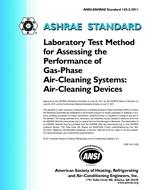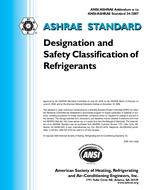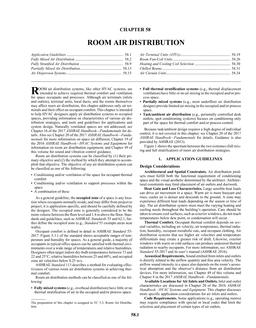A deteriorated indoor climate is commonly related to increases in sick building syndrome (SBS) symptoms, respiratory illnesses, sick leave, reduced comfort, and losses in productivity. The cost of this for society is high. Some calculations show that the cost is higher than the heating energy costs for the same buildings. Building-level calculations have also shown that many measures taken to improve indoor air quality and climate are cost-effective when the potential monetary savings resulting from an improved indoor climate are included as benefits gained. As an initial step toward systemizing these building-level calculations, we have developed a conceptual model to be developed further for the purpose of estimating the cost-effectiveness of various measures. The conceptual model shows the links between the improvements in the indoor environment and the following potential financial benefits: reduced medical care cost, reduced sick leave, better performance of work, lower turnover of employees, and lower cost of building maintenance due to fewer complaints about indoor air quality and climate. The pathways to these potential benefits from changes in building technology and practices are via several human responses to the indoor environment, such as infectious diseases, allergies and asthma, SBS symptoms, perceived air quality, and thermal environment. The conceptual model illustrates how these various factors are linked to each other. The reviewed literature shows that these links exist but does not quantify the effects. The work on the model resulted in the identification of the barriers to creating the model, given the present state of knowledge. We show specifically in the paper the linkage between SBS symptoms, productivity, and health. This linkage is important as SBS symptoms are probably the most commonly assessed health responses in studies that focus on the indoor environment and have been linked to several characteristics of buildings and indoor environments. New research and analyses of existing data to quantify the financial importance of SBS symptoms through sick leave and productivity would enable a more widespread consideration of the effects of indoor environments in costbenefit calculations.
Our earlier papers demonstrate how the linkages in the model can be quantified and used in the cost-benefit analysis of some remedial actions. The linkages can be integrated into the building simulation tools directly or into the output of building simulation tools to estimate the effects on sick leave days and work performance.
Citation: Symposium, ASHRAE Trans. vol. 111, pt. 2, paper no. DE-05-3-2, p. 476-484
Product Details
- Published:
- 2005
- File Size:
- 1 file , 1.5 MB
- Product Code(s):
- D-26973


